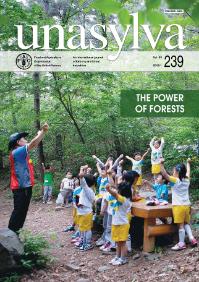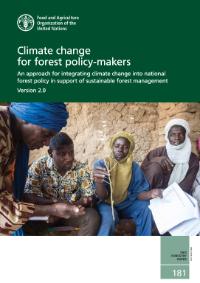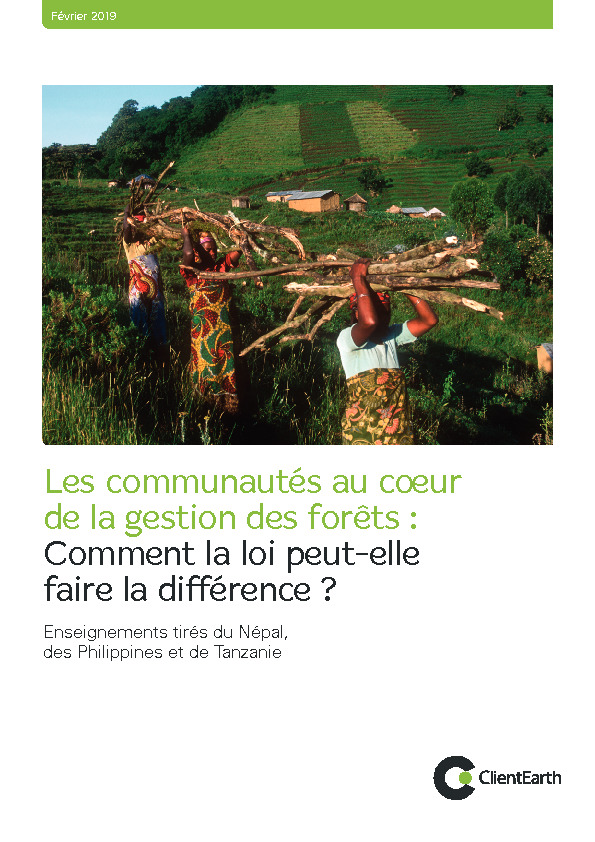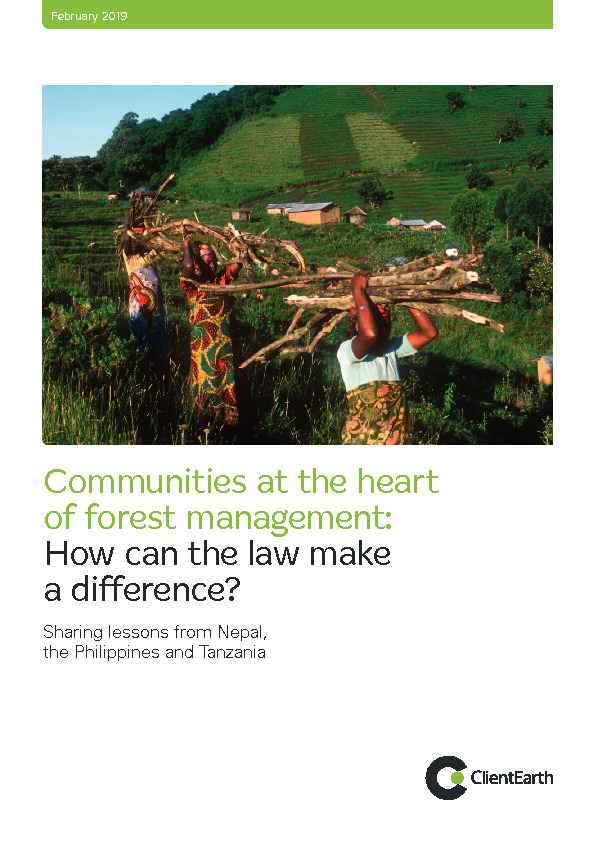Making a Killing: Holding corporations to account for land and human rights violations
A selection of nine short videos from InsightShare;which in October 2019 hosted a grassroots gathering in South Africa of African Indigenous activists representing 12 diverse communities from across the continent;who came together to discuss;strategise and skill up on issues of Indigenous cultures;rights and lands;and how to harness video for change. The nine videos are:







